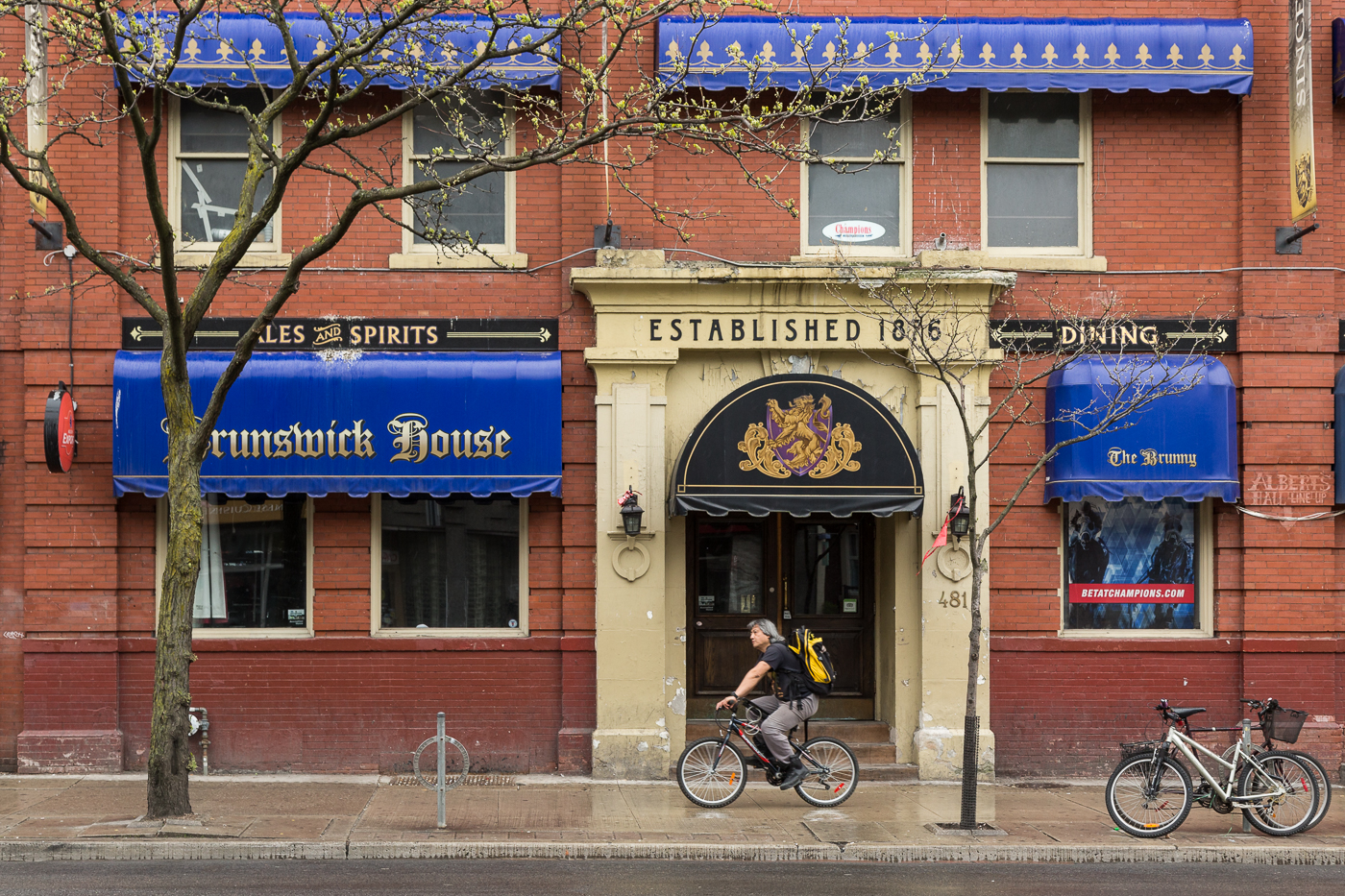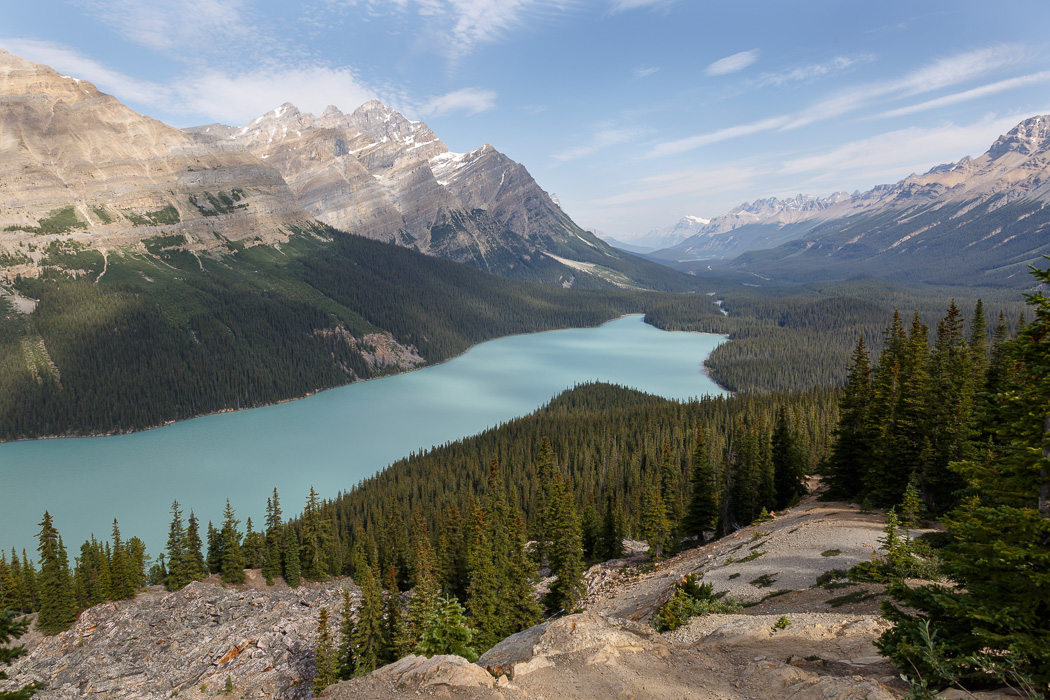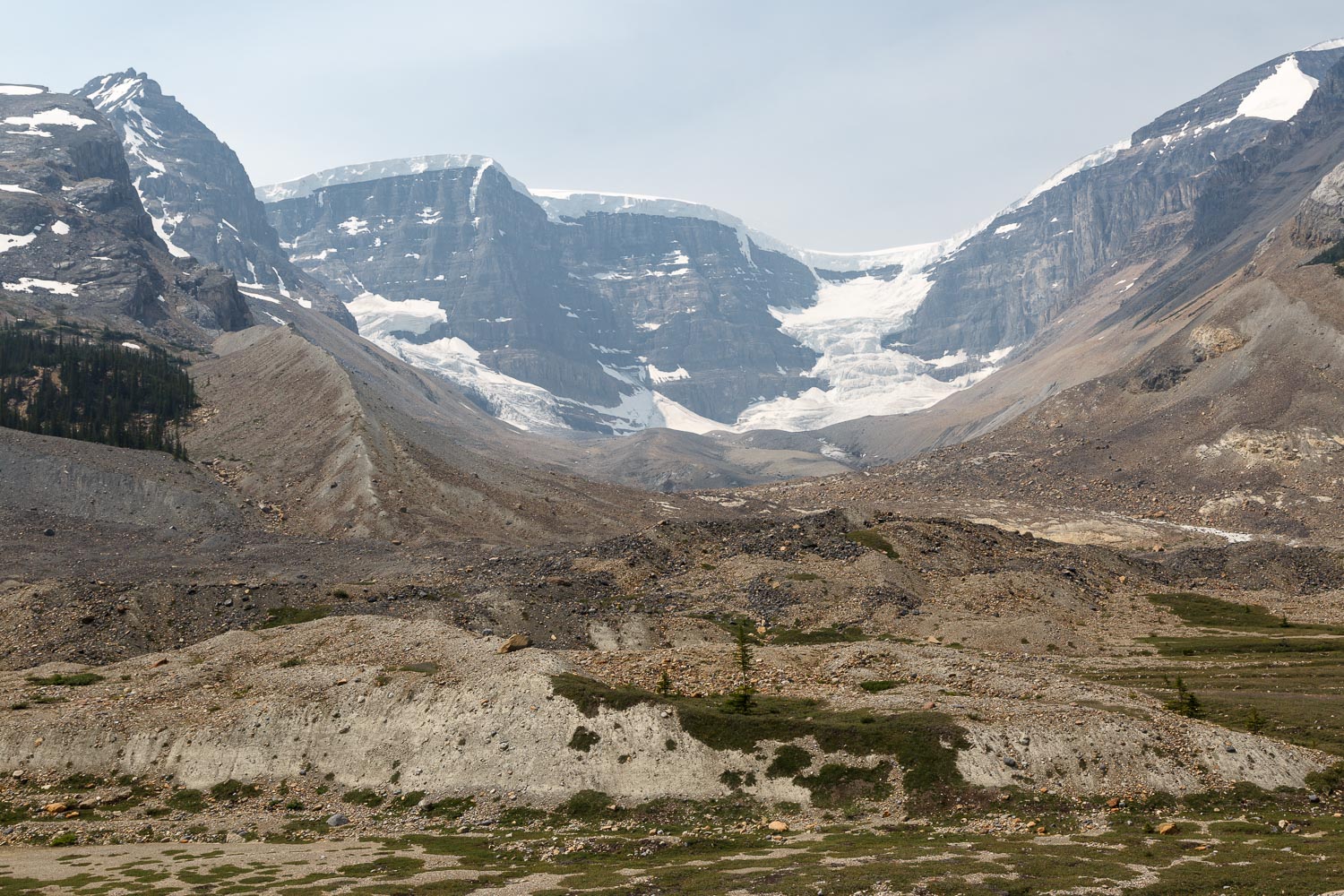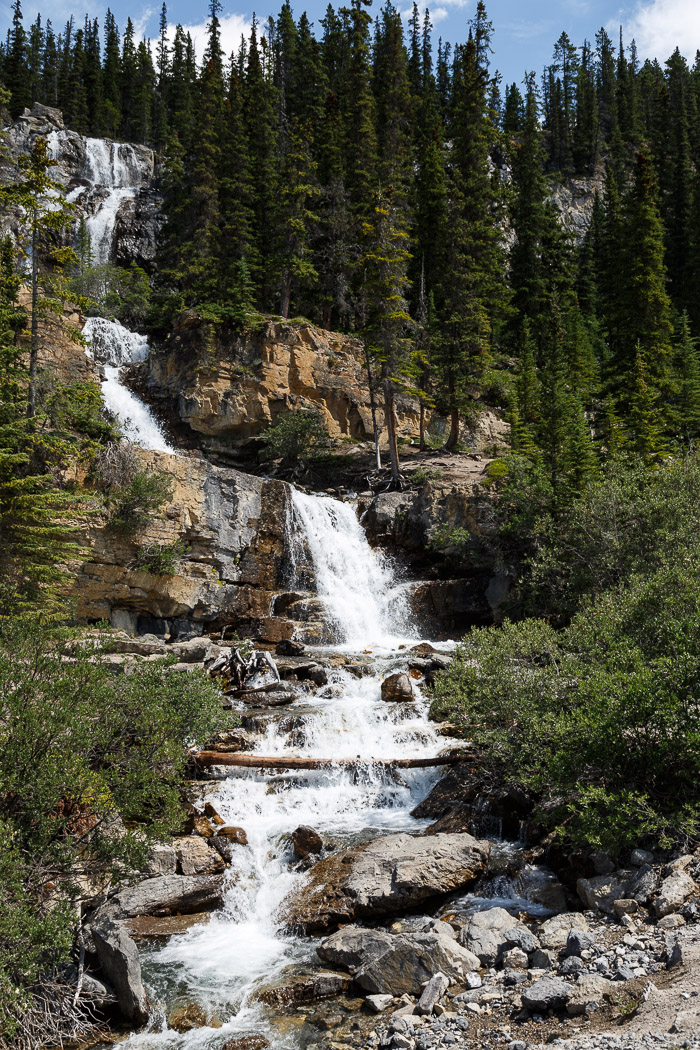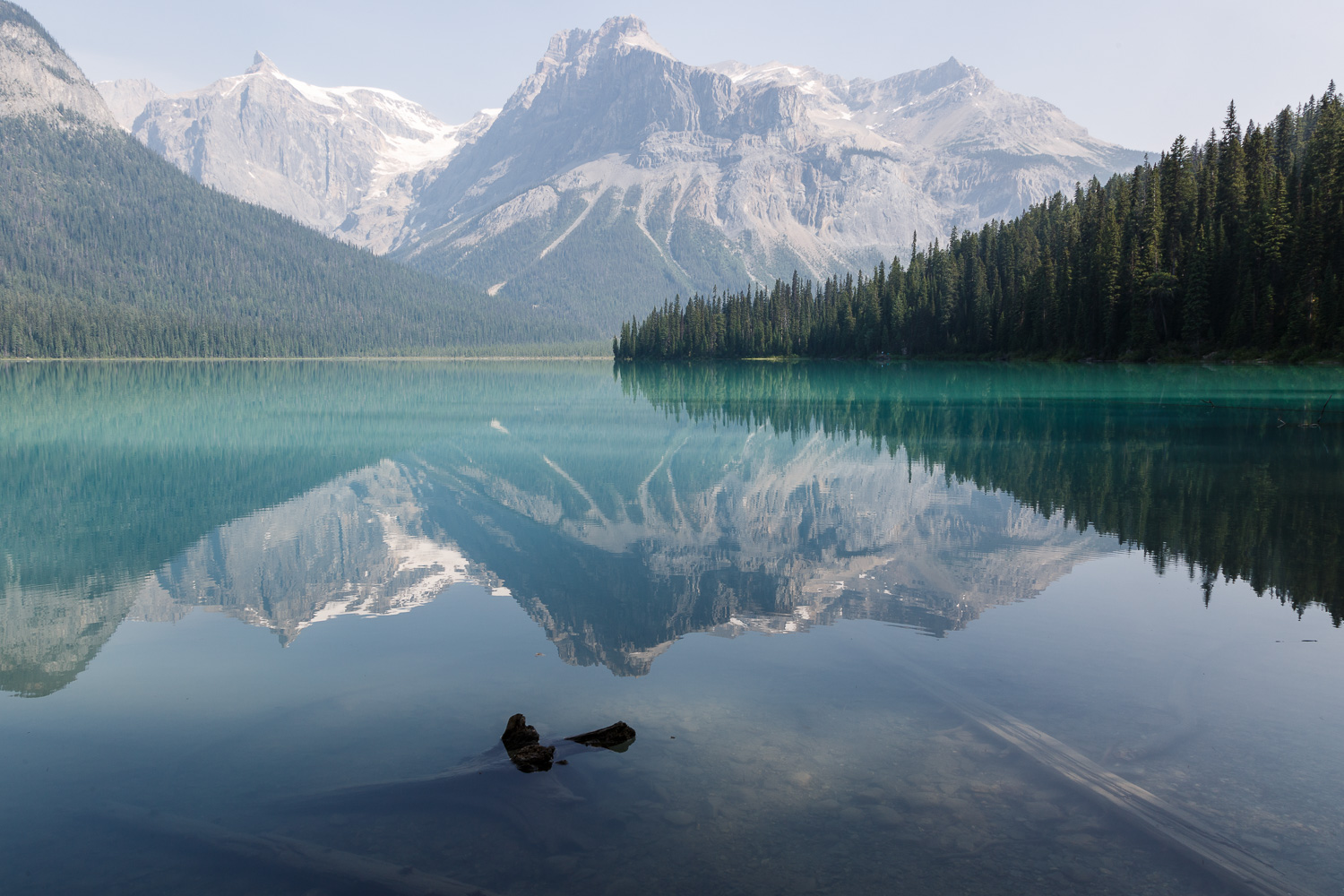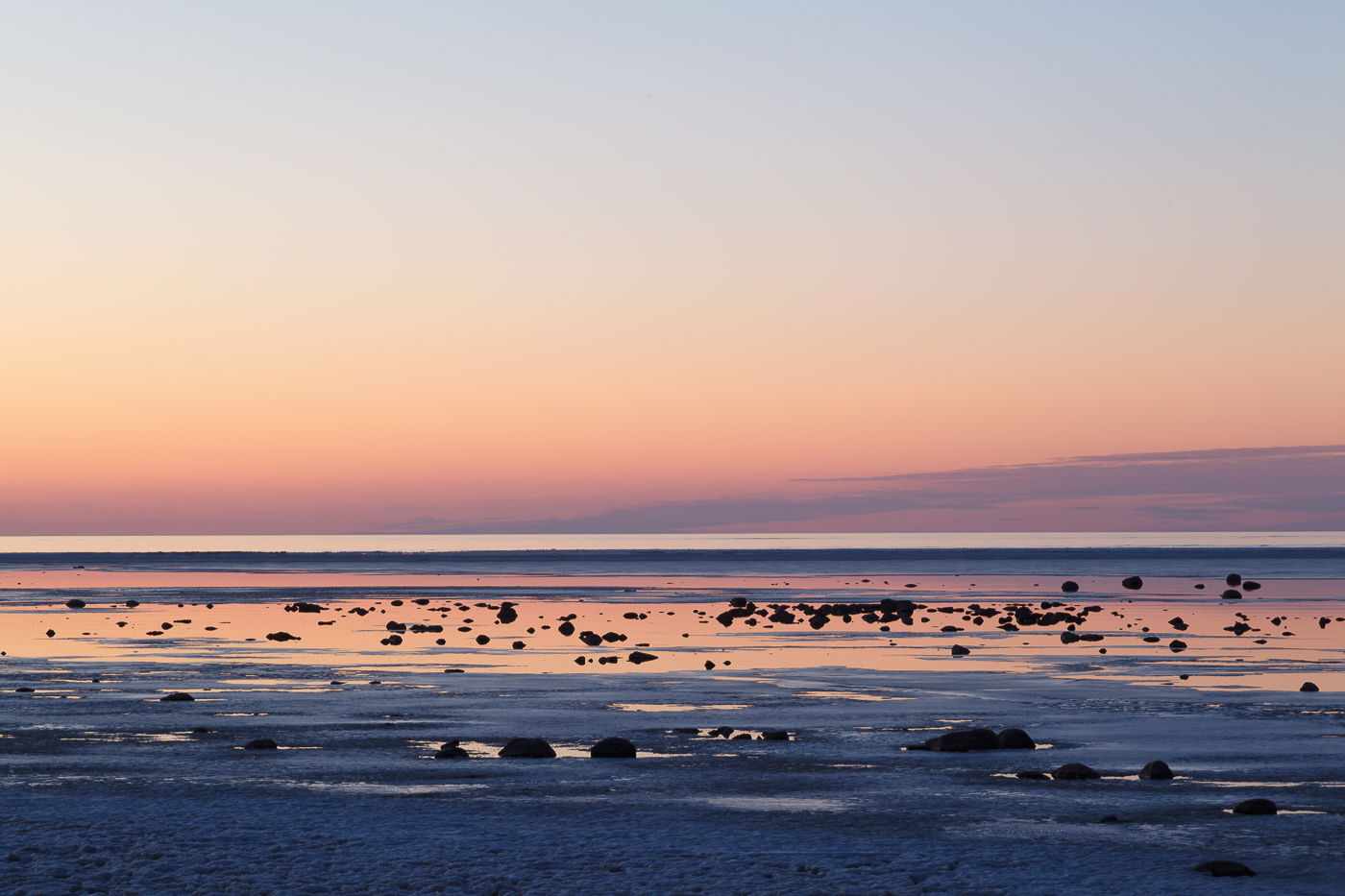In Canada the winters are long and we wait for spring with much anticipation. And, after all that waiting, our springs are short with not enough time between the first hint of green in all its lovely shades and the harsher hues of summer. This year the spring colours seemed more striking than usual. These images were taken in Grey County, just below Owen Sound, the last week of May. Spring had arrived and green was everywhere, vibrant and intense.
I was going back to a place I'd visited last year to see if the colours were the same, to hopefully improve on the images I'd taken then, and to find some new locations.
Walters Falls and the Bruce Trail
Walters Falls is a small village named after the pioneer John Walter who established the first sawmill there in 1854 using the power from the falls. The falls continue to provide power for a gristmill today. Walters Falls is the only double waterfall in Ontario. The Bruce Trail - an 885 kilometre trail that runs from Tobermory to Kingston, following the Niagara Escarpment, and one of the few UNESCO World Biosphere Reserves - runs through the area.
Rocks, Moss and Trees
Below the Bruce Trail
Branch abstracts amid the moss and stones
This image of the falls was taken last year. Unfortunately the water was exceptionally high this year and access along the river to the falls wasn't possible. Disappointing as photographing the falls again this year was one of the reasons for the trip.
Double cascading waterfall at Walters Falls
Trees and a Small Brook Along a Country Road
How to find places to photograph? Never easy, especially when you don't know the area. And harder to find scenic imagery in the middle of the day. These shots were taken mid-afternoon in bright sun. But the greens were lovely and waiting for a bit of cloud cover helped, as did using a polarizer.
Trees in spring along a small brook
Trees and dead branches in the flooded marsh
Bognor Marsh
Another place visited on last year's trip. This time not so easy to photograph. The light wasn't good and finding a decent vantage point to shoot from was tough. Another reminder - not that I need one - that nothing stays the same, change is constant, and I need to stop and get that shot when the light and the composition are there because waiting to come back for it often doesn't work. These are two images from this year that I did like.
Lilly Pads and Blooms
Bognor Marsh
A couple of days travelling in Ontario with a friend who's also focused on photography is always a good thing to do. I see new things, revisit a few places I've been to before, make mistakes, learn a bit, and come back home rejuvenated and energized. I'm now thinking about where to go next.












